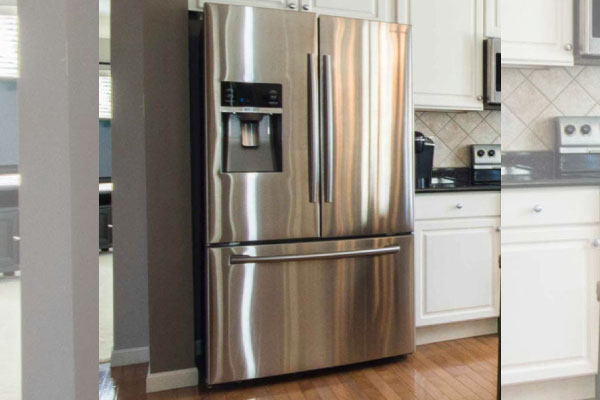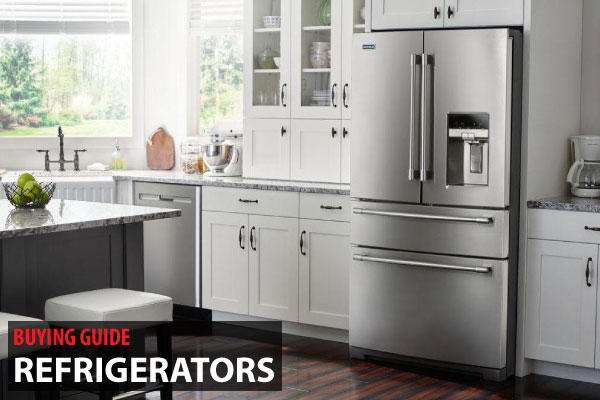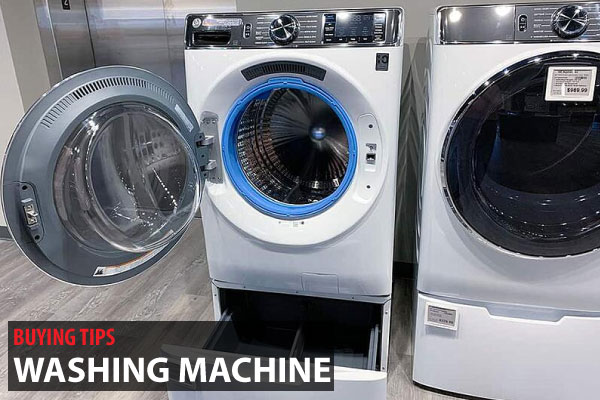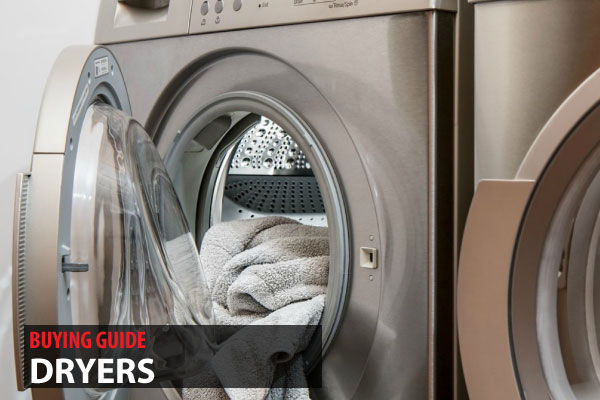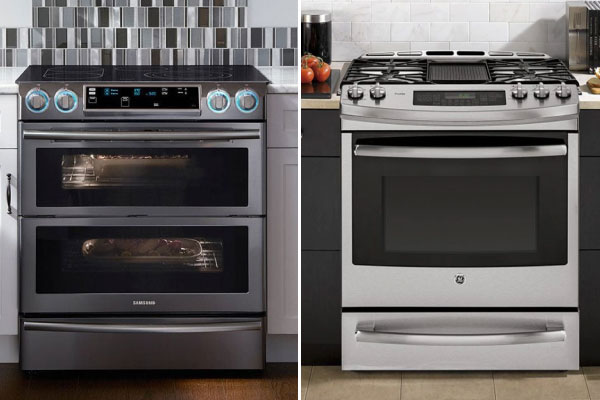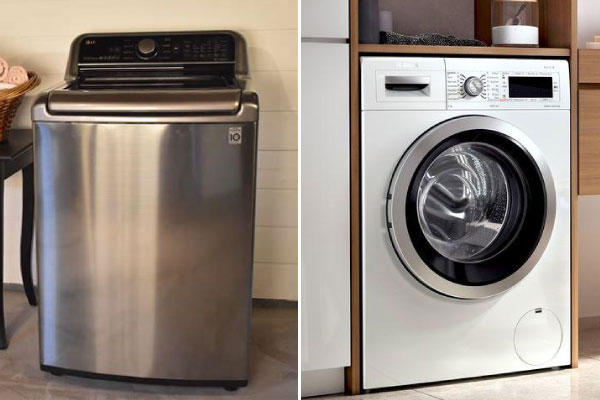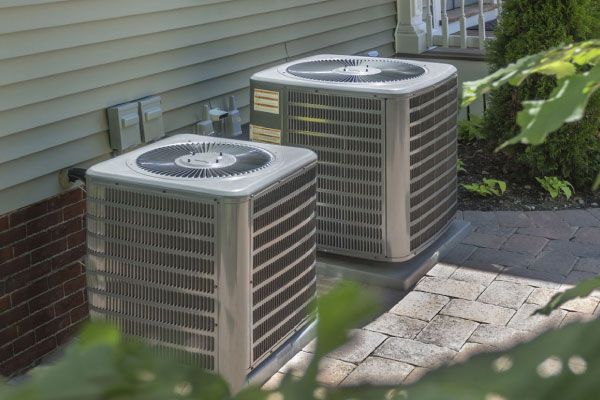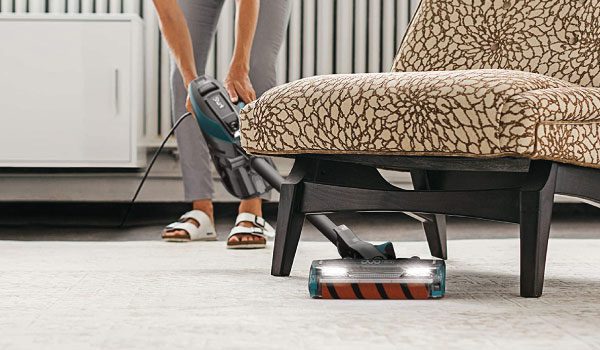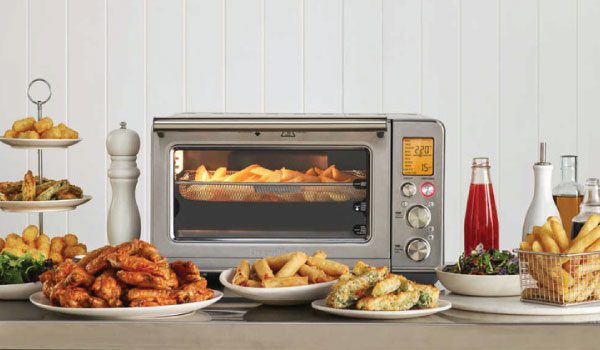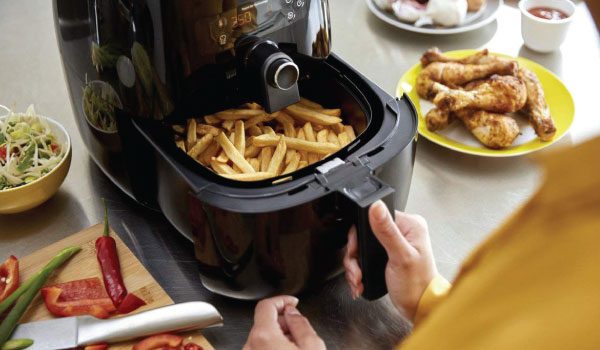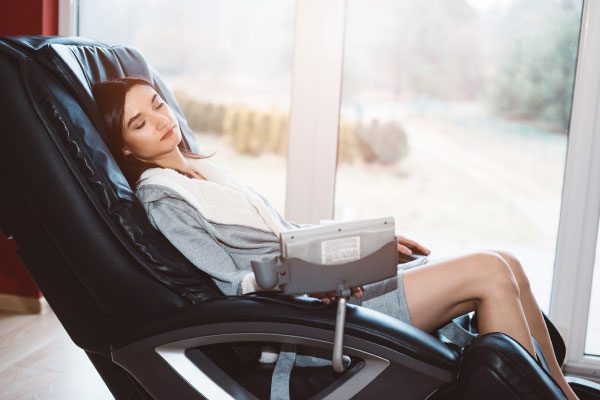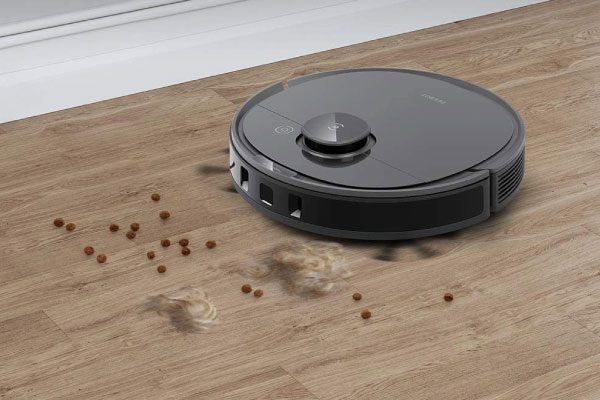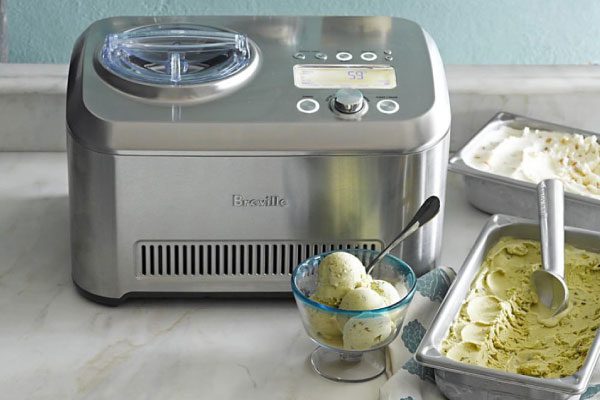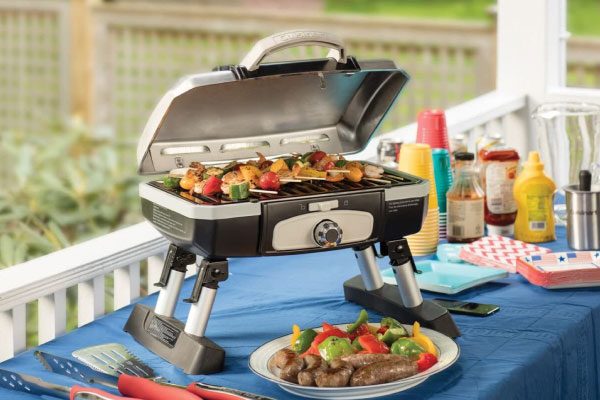Security Cameras Features to Protect Your Property
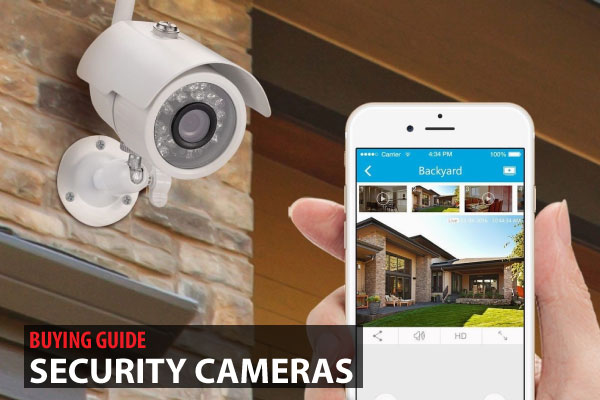
Crime has increased exponentially throughout neighborhoods in America that used to be “safe” for our families. Porch pirates and stealing of catalytic converters from our cars right on our driveways is now sadly a norm. With the varieties of security cameras and the multiple price ranges for a home’s need, more and more homes are securing their properties with these devices. Cameras have been in usage for decades to monitor businesses. Cameras have replaced the old system of VCR.
Types of Cameras
Bullet Cameras: These are cylindrical cameras with many wired systems. These are very useful for exact coverage. They can be left for work after initiating them.
Dome Cameras: These cameras are mounted on the ceiling. Some cameras can be fixed while other cameras can be controlled remotely to tilt and zoom etc.
Wireless Cameras: These Wi-Fi cameras are popular these days. Few of them are powered by a battery, and some still need a cable for a power connection.
Features and Specifications
After deciding the style of the camera according to your needs, you will look for its features essential for the application.
App Control
As you need cameras to monitor your home in your absence, So camera’s app should be user friendly. Below are a few app features to check.
Two-way talk: It is used to chat with others and can be helpful to stop thieves.
Live View: The camera access the view. This setting can be turned off for longer battery life.
Alerts: In case of any sound or motion, many apps notify you. You can adjust these notifications in the app. People want to get notifications about any movement.
Shared access: Users can easily be added by some apps, which is useful in doorbell cameras.
Geofencing: This feature helps cameras turn on when you leave the house and turn off when you return by using your phone location.
Image quality
Security cameras record at 1080p Full HD resolution. Some record at 720p. Others can record in 4k. Videos of high quality look amazing, but they need more bandwidth. Some cameras can also give the option to decrease the image quality.
HDR
In the case of bright backgrounds, cameras with HDR (high dynamic range) help you get a clear image where scenes have many contrasts.
Night Vision
Many security cameras have this specification. This specification is shown in feet, sometimes with contrast for darkness compared to ambient light.
Specification of DIY Wi-Fi cameras is around 15 ft for night vision, or some have up to 25 ft.
Night vision in dome and bullet cameras can reach nearly 200 ft. They have banks of infrared LEDs. For daytime recording, infrared light is not good. Some cameras automatically block infrared light during the daytime. If Infrared LEDs reflect off the glass at night, use the camera with outdoor motion-sensor light.
Field of View

An area that the camera can see or record is its field of view. Different wireless cameras provide a wide field of view up to 180 degrees. For a detailed view, cameras of a narrower field of view are used. The field of view is mainly based on the focal length of the lens of the camera.
The focal length of a fixed lens is usually 2.8 mm, which is approximately 90 degrees horizontal field of view.
Digital zoom: Crops the focus area and enlarges it, which results in the blurriness of the image.
Optimal zoom: You can zoom in and out without affecting image quality.
Using a “varifocal” lens, you can zoom without losing image quality.
Range of motion

Stationary or fixed cameras can only capture the area just in front of its place. PTZ cameras allow you to cover a wider area by panning, tilting the lens via controlling remotely. These cameras can pick details in a crowd, but they need a human operator on duty.
Motion detection
Many security cameras provide motion detection as well. Buy the camera which can adjust motion zones as you don’t want to detect every motion around you, like moving leaves etc. Cameras can also be set to record and follow any detected motion automatically.
Rugged Cameras
Make sure your camera is weatherproof if you place it outside. For outdoor cameras, look for IP rating, which means the resistance of the camera against water and dust. The first number tells the camera’s rating for solids, and the second is for liquids. Most outdoor cameras work nicely within the house, just as fine outdoor coverage.
Extra Features
Many cameras can be combined with other intelligent devices, for example, lights and locks of the house. The screen of the ring camera makes the outside view of the door easily visible. If you are not home, its cameras can access the view from the app to which it is linked.
Storage and connections
Whatever you are recording, whether footage or occasional clips, you need a place to store this data safely. Choose your storage carefully as it affects the power and network connection of the camera.
Cloud: wireless cameras are usually connected to a network through Wi-Fi, but some cameras have the option of cloud storage. In some cameras, you can freely access your data for a limited time. But other cameras ask to pay for storage to access the footage.
A power cord is still needed in wireless cameras. Some are powered by batteries. Cameras powered by batteries do not give immediate live view like wired cameras.
Memory card: Memory cards record images in some security cameras. But you have to swap cards regularly to get empty ones.
Hard drives: These are computers’ built-in or external drives that come with the security system. Recording data is limited to the capacity of the hard drive. In these systems, cameras and recording devices are connected through wires.
NVR systems use an Ethernet cable to connect with IP cameras. This cable provides a single network and power connection for cameras.
DVR systems use coaxial cables to connect with analog cameras. Each camera is powered by a separate plug-in. Multiple wires can be used for multiple cameras.
Network Considerations
For local storage, you need a network like Wi-Fi. But in the case of businesses or large homes, cameras are placed distant from the router. Mesh networks can be considered. Check the security of the network by using strong passwords of devices. Use encryption method while setting up a network. Create a separate network for guests.
Privacy concerns
Privacy of one can violate the privacy of another. As the law is interpreted differently everywhere so keep in mind that you know laws enforced by authorities can be applied to your recordings of conversations and images.

